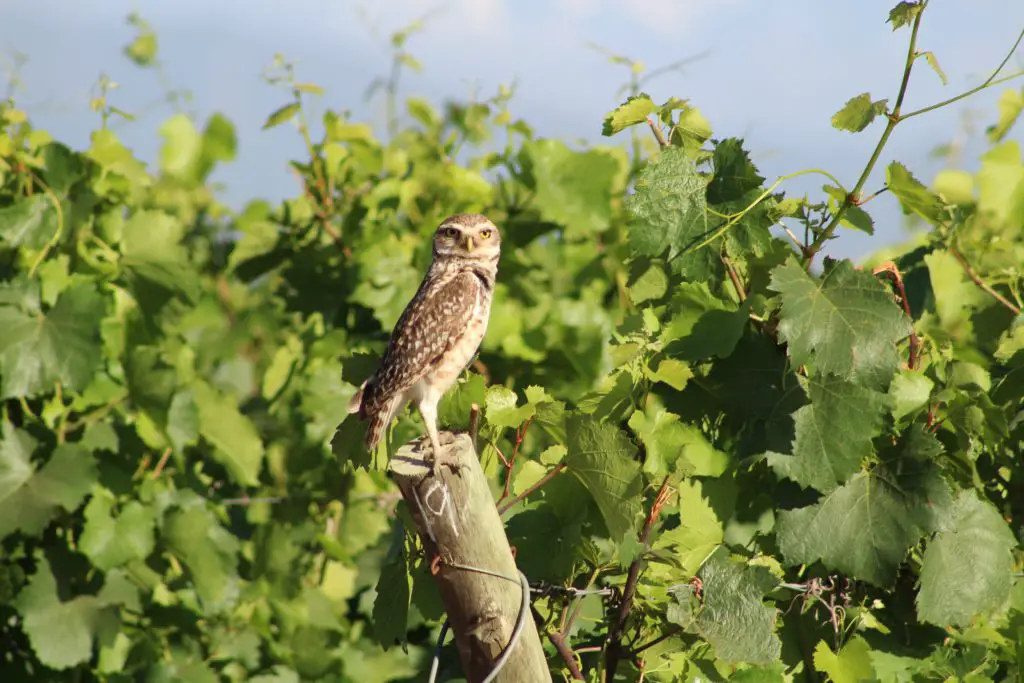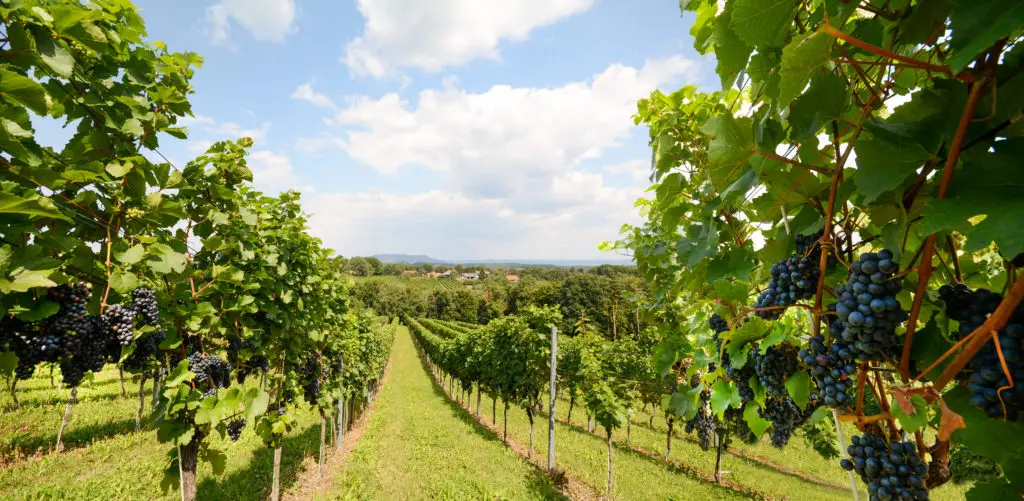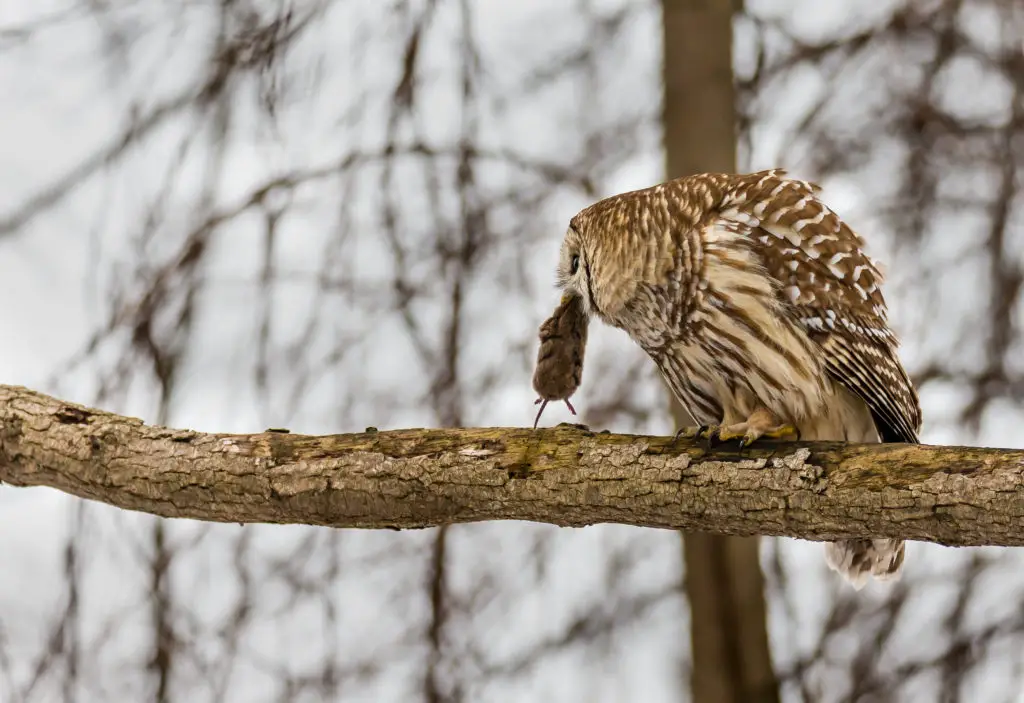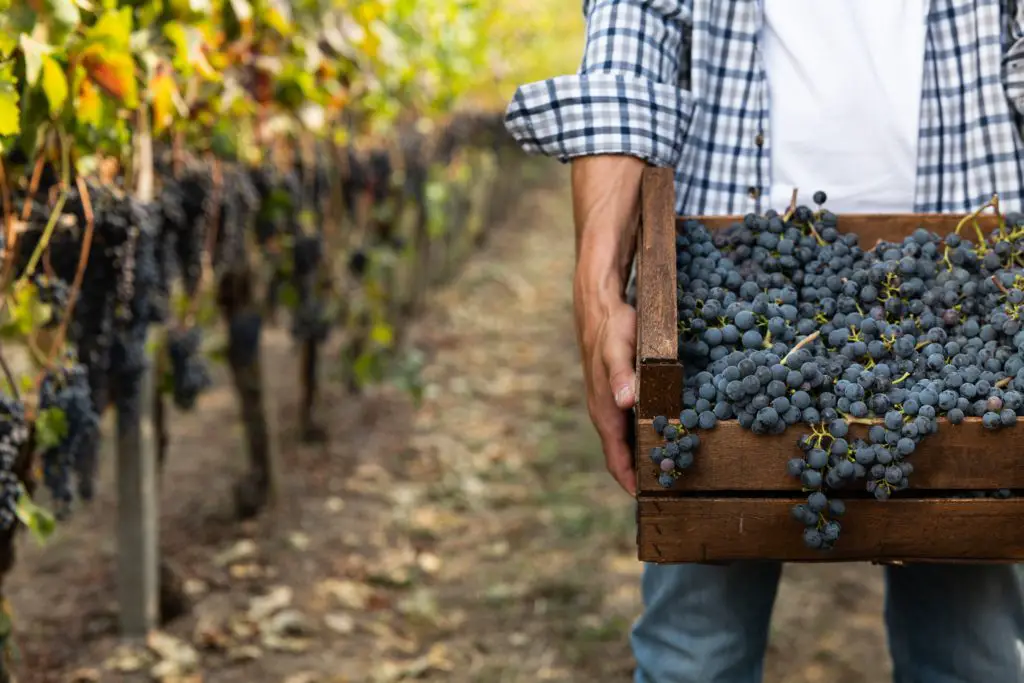Winemakers confront an array of formidable challenges as they diligently tend to their vineyards, managing the intricate interplay of soil composition, rainfall, temperature, and sunlight. Yet, lurking amidst these familiar challenges is an unexpected and voracious threat in the form of rodents, particularly gophers and mice, capable of causing catastrophic damage to the precious grapevines. In response to this menace, a group of enterprising graduate students from Humboldt State University in California, under the expert guidance of Professor Matt Johnson from the Department of Wildlife, have embarked on an innovative and ecologically-conscious research endeavor.

Laura Echávez, Samantha Chavez, and Jaime Carlino, with unwavering determination, are at the forefront of a pioneering long-term study. Their noble mission is to explore the feasibility and efficacy of employing owls as natural predators to mitigate the rodent infestation menace that plagues vineyards. In an era where the environmental impact of traditional rodenticides raises growing concerns, the quest for alternative, sustainable, and eco-friendly methods of pest control is both timely and commendable. The prospect of harnessing the remarkable predatory instincts of these majestic nocturnal birds to safeguard the delicate balance of vineyard ecosystems holds the promise of a greener and more harmonious future for viticulture.
The Role of Owl Nest Boxes in Vineyards
To evaluate the effectiveness of these owl nest boxes, the students conducted a comprehensive survey of 75 wineries nestled in the heart of Napa Valley. Remarkably, it was discovered that a substantial four-fifths of these wineries have adopted the owl nest boxes as a key component of their pest control strategy, and the results have been nothing short of remarkable. The presence of barn owls has undeniably made a noticeable difference in the realm of rodent control. During their four-month nesting season, barn owls dedicate a significant portion of their time to patrolling the fields, ruthlessly hunting down pests. Their voracious appetite, a single family of barn owls can collectively devour up to 1,000 rodents during the nesting season or a staggering 3,400 rodents within a year.

A particularly noteworthy revelation from this ongoing research is the marked reduction in the population of gophers within the vineyards due to the barn owls’ vigilant presence. However, when it comes to their impact on mice and voles, the findings remain inconclusive, emphasizing the need for further in-depth evaluation and analysis to unveil the full extent of these raptors’ prowess in vineyard pest management.
Reducing Reliance on Rodenticides
This study endeavors to delve into the intriguing correlation between the presence of owls and the diminished usage of rodenticides within the picturesque Napa Valley. Commencing in January 2021, the California Department of Pesticide Regulation instituted more stringent restrictions on the application of rodenticides, driven by the detrimental impact of these chemicals on avian and wildlife populations, which inadvertently consume rodents tainted by these toxic substances. The anguish-inflicting effects of internal bleeding in rodents further underscore the urgency of this issue.

The findings thus far reveal a noteworthy trend among vintners who have actively embraced the introduction of owl nest boxes into their vineyard ecosystems. A majority of these stakeholders have made a conscious decision to cease the use of rodenticides in their operations. However, the crucial question remains: can we confidently attribute this reduction in pesticide application to the presence of owls? Recent statistics illuminate the extent of this adoption, with approximately 80% of Napa Valley’s wine grape cultivators embracing owl nest boxes, while a mere 21% persist with rodenticides.
The Economic Advantages of Bird-based Pest Control
Bird-based pest control offers several significant economic advantages that make it a compelling alternative to traditional pest management methods. Firstly, employing birds such as raptors and insectivorous species like swallows and bats can reduce the reliance on chemical pesticides. This reduction translates into cost savings for agricultural and industrial sectors, as they spend less on purchasing and applying chemical treatments. Moreover, the decreased use of pesticides contributes to a healthier environment by reducing chemical runoff and minimizing harm to non-target species.
Another economic benefit of bird-based pest control is the long-term sustainability it provides. Birds, once established in an ecosystem, often continue their pest management services year after year without requiring extensive human intervention. This continuity helps in creating a stable and cost-effective solution for pest control, reducing the need for constant monitoring and repeated applications of pesticides.
Furthermore, bird-based pest control can foster ecotourism and create additional revenue streams. Birdwatching and wildlife tourism are popular activities, attracting enthusiasts willing to pay for guided tours and accommodations in bird-rich areas. By promoting bird conservation and habitat restoration, communities can capitalize on the presence of pest-controlling birds, boosting local economies through tourism-related activities.
Bird Species for Natural Pest Control
In a world increasingly reliant on chemical solutions, there exists a natural, eco-friendly method to combat pest problems – birds. These feathered allies not only grace our surroundings with their beauty and song but also play a vital role in maintaining ecological balance by acting as nature’s pest control experts. Let’s delve into the fascinating world of bird species that can be your secret weapon against pests, offering an effective and sustainable solution to a common problem.
1. Bluebirds:
Bluebirds are not just a visual delight; they’re also voracious insectivores. Their diet primarily consists of insects, making them fantastic allies in pest control. By providing bluebird houses or nesting sites, you can encourage these charming birds to take up residence in your garden.
2. Barn Owls:
Barn owls are renowned for their silent flight and exceptional night vision. These nocturnal hunters are highly effective in controlling rodent populations. Installing owl boxes can attract them to your property, offering a natural and silent solution to your rodent woes.
3. Chickens:
Chickens are more than just egg-layers; they are natural foragers. They scratch the soil, eat weed seeds, and devour a wide range of insects, including beetles, grubs, and even ticks. Keeping a small flock of chickens can help maintain a pest-free yard.
4. Purple Martins:
These aerial acrobats are excellent at catching flying insects like mosquitoes, flies, and gnats. Purple martin houses or gourd racks can entice them to nest in your vicinity, keeping the skies mosquito-free.
5. Sparrows and Swallows:
Both sparrows and swallows are known for their skill in capturing insects mid-air. They are particularly effective against flying pests, making them valuable additions to your pest control team.
By embracing these bird species as your pest control partners, you not only reduce the need for harmful chemicals but also contribute to biodiversity conservation. Encourage the presence of these avian allies by providing suitable nesting sites, food sources, and a welcoming habitat in your garden or property. As you witness the delightful presence of these feathered friends, you’ll not only enjoy a pest-free environment but also play a role in preserving our natural world. In this harmonious coexistence with nature, the beauty and wonder of the avian world become an integral part of your daily life.
The Importance of Sustainable Agriculture
The importance of adopting sustainable and natural pest control methods cannot be overstated. As we navigate the challenges of an ever-changing world, it’s crucial to recognize the profound impact our choices have on the environment and our health. Embracing sustainable pest control not only safeguards our ecosystems and reduces the reliance on harmful chemicals but also promotes the well-being of our families and communities.

By choosing natural alternatives and eco-friendly practices, we contribute to a healthier planet and a brighter future. It’s a responsibility we owe to ourselves, future generations, and the delicate balance of nature. As we continue to explore innovative and sustainable solutions, let us remain committed to preserving our environment and embracing the power of nature in managing pest issues. Together, we can create a harmonious coexistence with the world around us, nurturing a sustainable and healthier tomorrow for all.
Sources:
California Vineyards Use Owls Instead of Pesticides
Homeowners guide to eco-friendly pest control
California Department of Pesticide Regulation

This Site Was Inspired By An Interest in Protecting the Environment:
We had the privilege and joy of learning from Dr. Charlie Stine who instilled a love for the natural world through incredible field trips with the Johns Hopkins Odyssey Certificate program in Environmental Studies. At the time, the program was endorsed by the Maryland Department of Natural Resources. Sadly, after Dr. Stine retired, the program was phased out. We hope that we honor his legacy by shining a bright light on environmental issues and sharing good news about the success of various conservation programs when possible.
